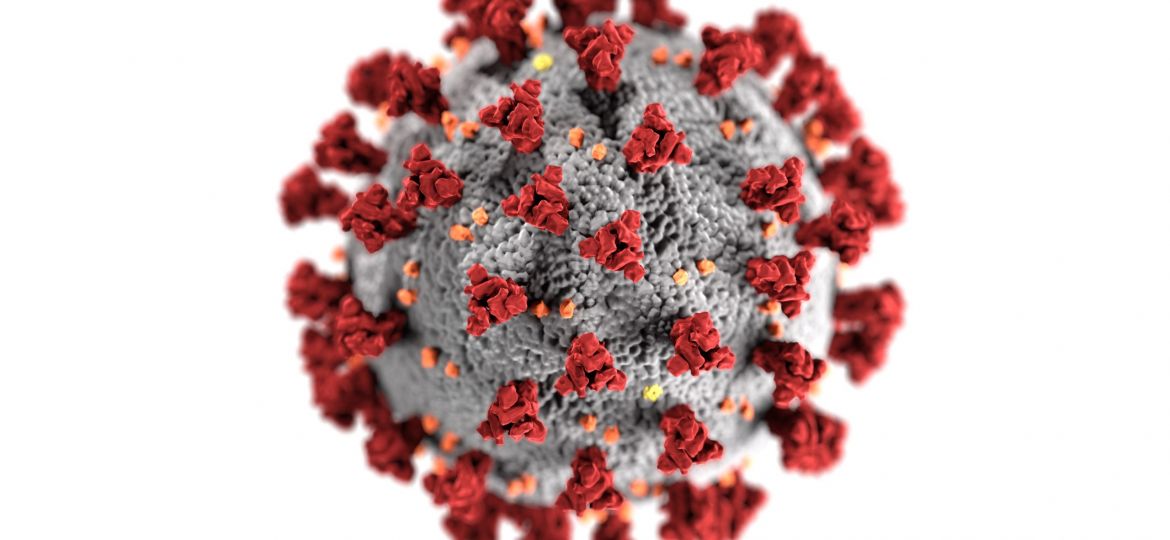
Faculty from the biology department led a virtual seminar entitled “Race Disparities in COVID-19 Outcomes” on Monday, Sept. 21. Six faculty members led the presentation with the acknowledgement that none of them were virology or COVID-19 specialists. The speakers were Associate Professor of Biology Lisa Bowers, Assistant Professor of Biology and Education Emily Mohl, Professor of Biology Steve Freedberg, Assistant Professor of Biology Norman Lee, Associate Professor of Practice in Biology Diane Angell, and Professor of Biology Anne Walter.
This event was “the first of several events that the biology department has planned in order to be more present and action-oriented in anti-racist work on campus,” according to an email sent by the biology department to the student body on Sept. 9.
Bowers began the conversation by discussing the biology of COVID-19. Bowers noted that although neither the receptors in our cells nor the virus are evolving very quickly, there is still a wide variety of observed outcomes in those who contract the virus.
Mohl then shared graphs and data showing the racial disparities in how COVID-19 has affected different populations. With data sets adjusted for how differently aged populations might be more at risk, Mohl presented data showing that among 30- to 44- year-olds in the U.S., the death rate is 10 times higher for Black populations than for white populations, and eight times higher for Latinx populations.
Mohl made sure to note that “race is a socially constructed category” that does not line up with genetic differences between populations, which is to say that there is no genetic reason for Black and Latinx individuals to be dying at a higher rate than white individuals.
To help expand upon this concept, Freedberg introduced the idea of “spurious relationships,” in which two variables appear to be correlated but in reality are not connected. His perceived relationship is in reality best explained by a hidden third variable.
Freedberg explained that while deaths from drowning statistically increase when ice cream sales increase, the two are not explicitly related. Rather, they are tied together by a common variable: warm weather.
Similarly, Freedberg shared that social factors could explain the spurious relationship between race and COVID-19 statistics. Factors such as compliance to public health guidelines and mask mandates alongside social factors like education level, trust in the healthcare system and income level can better explain why one population would have better compliance than the other, Freedberg said.
Freedberg noted that there may be a stigma within the Black community, and especially the Black male community, around wearing masks because they may increase police suspicions and racial profiling. He explained that factors like mask stigma are real social considerations that can affect marginalized populations more than others but are not inherently race-based.
The talk continued as Lee noted that historically, there have been higher mortality rates and lower life expectancies overall for Black people. Stressors such as experiencing systemic racism, inequality of economic resources, food insecurity and environmental racism put Black, indigenous and people of color (BIPOC) populations at a physical disadvantage when it comes to a public health crisis like COVID-19, Lee said.
To close out the presentation, Walter discussed the silver lining of this pandemic to which some experts have already pointed: increased awareness. Due to the massive effect of the pandemic, new accumulations of data have highlighted the existing issue of racism in health care, Walter said.
The faculty closed the event by taking student questions and recommitting to learning about and engaging with anti-racist work within scientific fields.
rice4@stolaf.edu

